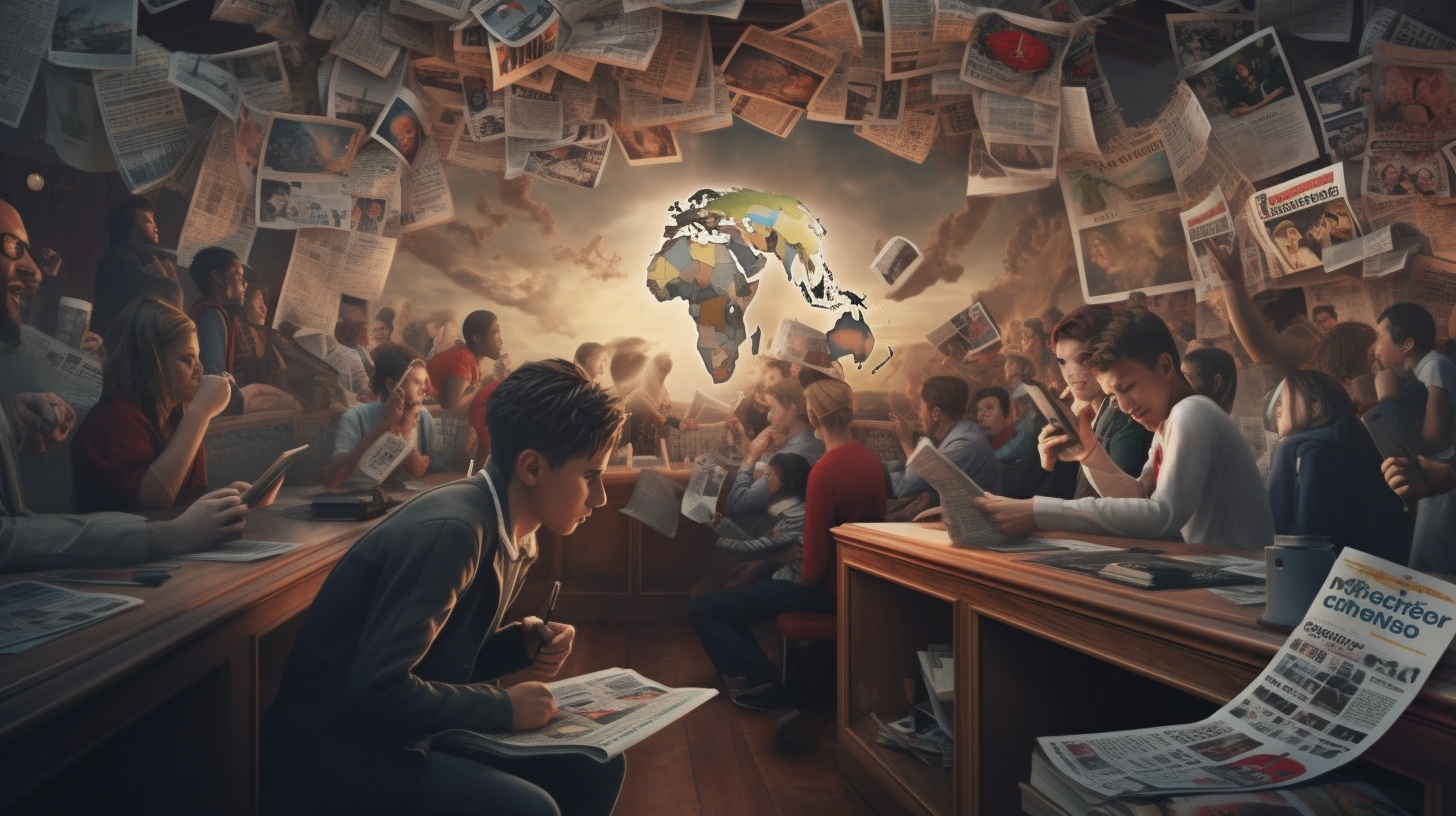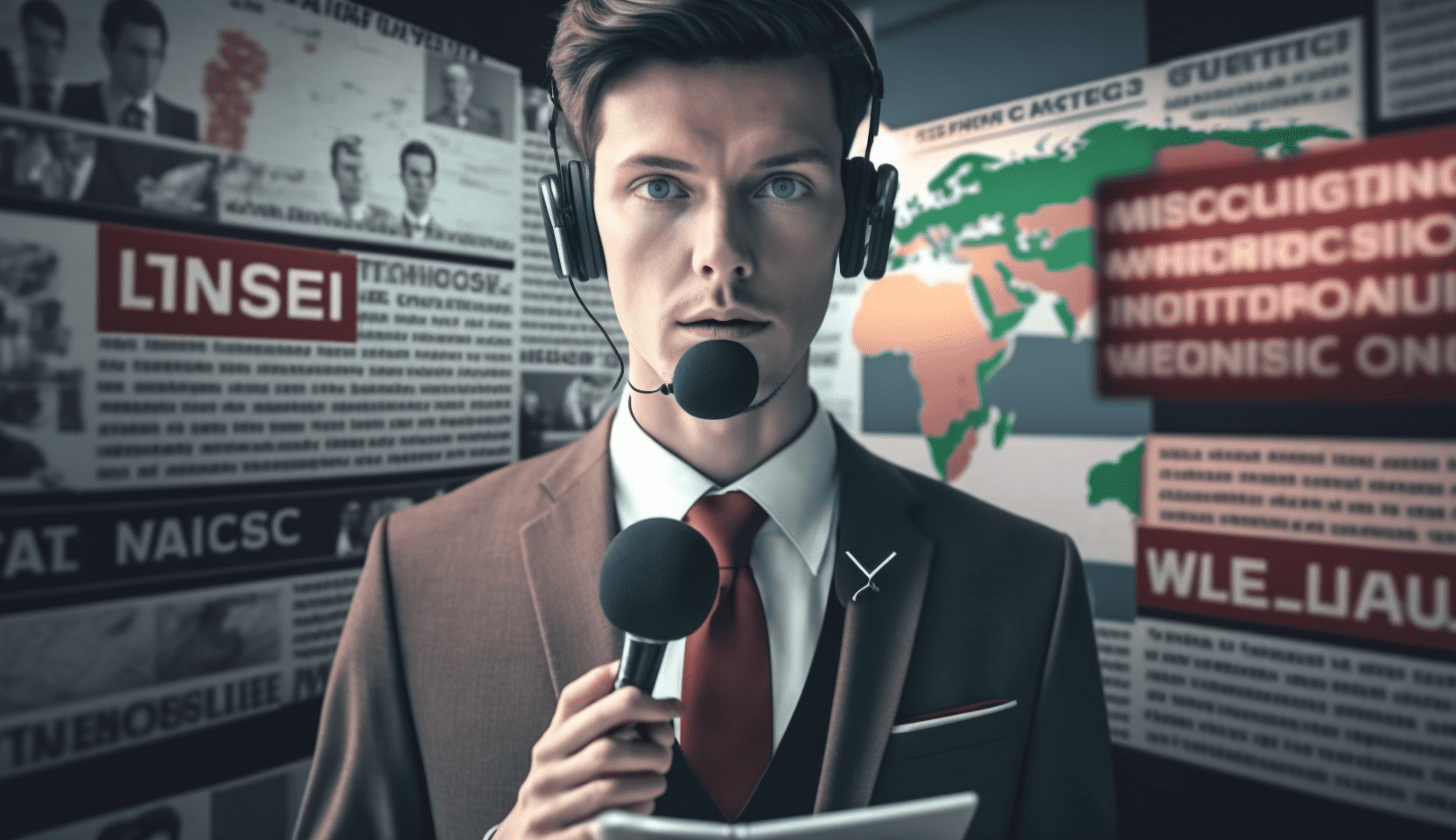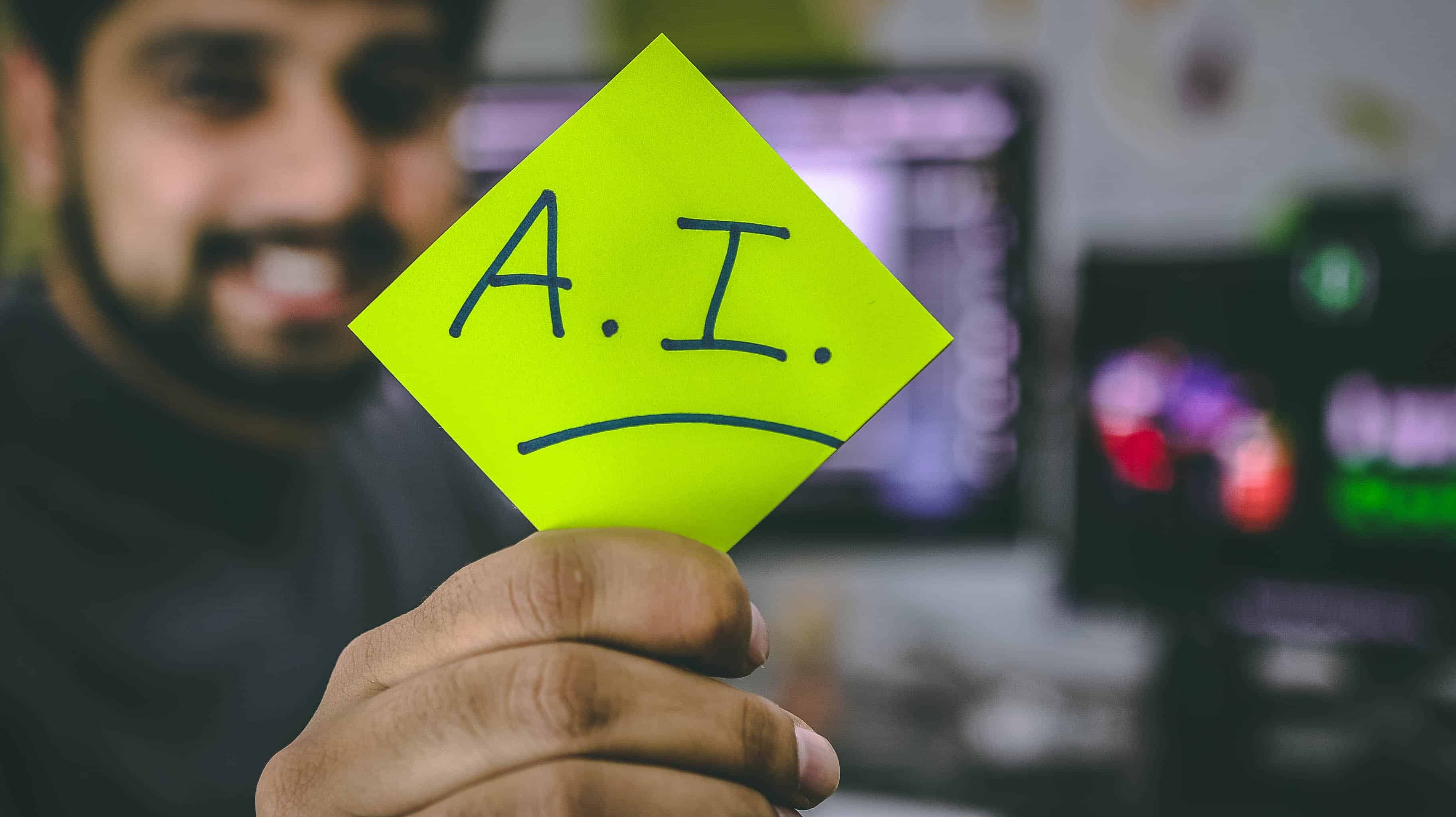
In a world where information is as ubiquitous as the air we breathe, media literacy is no longer a desirable skill – it’s a vital one. Media literacy is our protective gear in an era of deep fakes, misinformation, and the so-called ‘post-truth’ reality, where personal beliefs often outweigh verified facts. However, teaching students to navigate this complex landscape can be challenging. Enter artificial intelligence (AI) – a promising ally in our quest for a media-literate society.
Artificial Intelligence, with its burgeoning capacity to analyze, interpret and generate content, holds immense potential to help our students build solid defenses against the onslaught of fake news and misinformation. The application of AI in classrooms extends far beyond mere automation of routine tasks. Here’s how.
Real-world scenarios
AI can play a pivotal role in simulating real-world scenarios where misinformation is rampant, allowing students to practice their critical thinking skills in a safe, controlled environment. By creating interactive simulations, students can experience firsthand the subtle art of misinformation – understanding its strategies, tactics, and how to counteract them. These ‘digital sandboxes’ can expose students to media biases, logical fallacies, and misleading narratives, arming them with the necessary tools to question and scrutinize what they see and hear.
Incorporating AI-powered tools like deep learning systems could lead to new ways of teaching source evaluation and credibility checks. Such systems can be trained to recognize and flag common indicators of untrustworthy content, like sensationalist headlines, heavily-biased language, or sources with a history of unreliable information. Imagine a tool highlighting potential red flags in articles as students read them, providing real-time feedback on the credibility of the information they encounter. Such interaction with AI would improve their understanding of information veracity and instill a habit of skepticism towards unchecked information.
Personalizing learning experiences
AI can also personalize learning experiences, catering to each student’s level of understanding and pace. By identifying patterns in a student’s interaction with different forms of media, AI can provide tailored learning materials, suggest additional resources, and highlight areas needing further development. It can adjust the complexity of the tasks, ensuring that students are challenged, but not overwhelmed, fostering a deeper understanding of media literacy concepts.

Moreover, AI can promote collaborative learning through AI-enabled platforms that let students connect, share insights, and collectively debunk or validate news stories. These platforms can encourage students to work together in dissecting news articles and social media posts, fostering an environment where media literacy skills are not just learned but collectively developed and shared.
Critically, it’s not just about building defensive walls against misinformation but creating proactive citizens who understand the power and responsibility of media creation. AI-based creation tools can help students produce their own content, understand algorithms that influence what content gets seen, and understand how to engage ethically with these systems.
By integrating AI into media literacy education, we’re not just teaching students to recognize misinformation – we’re guiding them to comprehend its origins, understand its spread, and halt its impact. More importantly, we encourage them to contribute positively to the media landscape rather than simply consume it.
A democratic imperative
In the post-truth era, where digital platforms are battlegrounds for hearts and minds, AI-enhanced media literacy education is more than a curriculum necessity. It is a democratic imperative.
The advent of AI in classrooms is not without challenges. Concerns regarding privacy, data security, and AI’s ‘black box’ nature must be addressed. Teacher training and infrastructure development will require substantial investment. But the potential benefits far outweigh these hurdles.
Our goal must be a society resilient against the post-truth era’s distortions, armed not with fear or ignorance but with the capacity for critical thought. AI, as our ally in this pursuit, has the potential to transform our students from passive information consumers to informed, active participants in the digital age. It’s high time we seize it.








